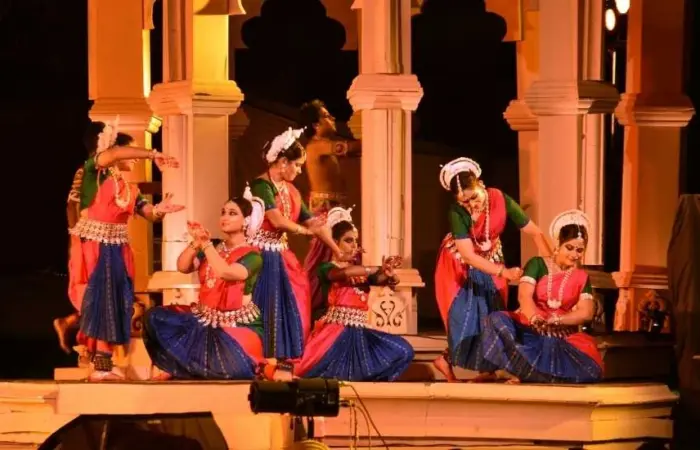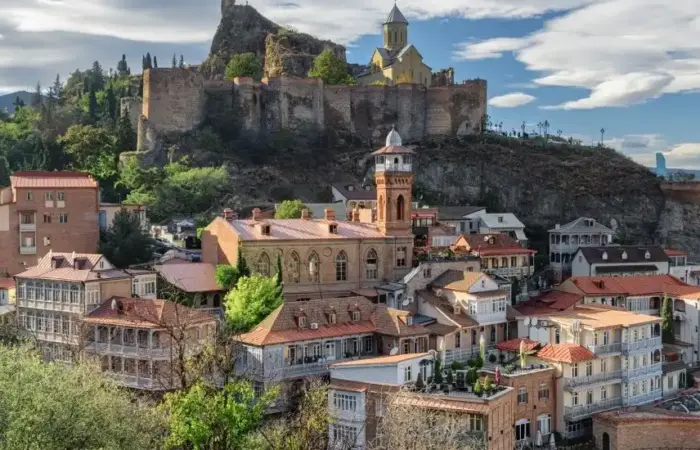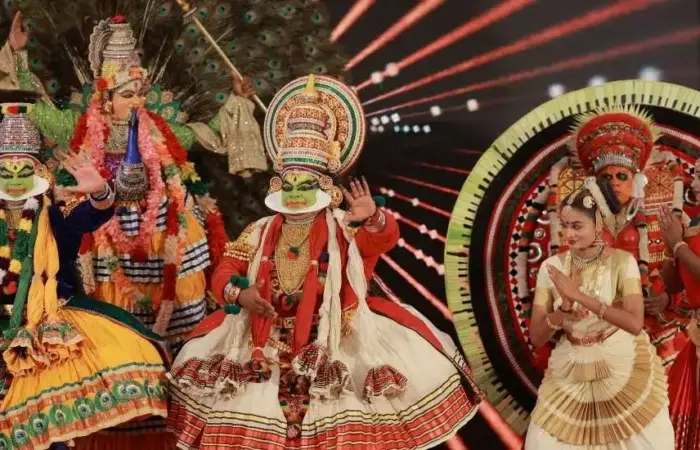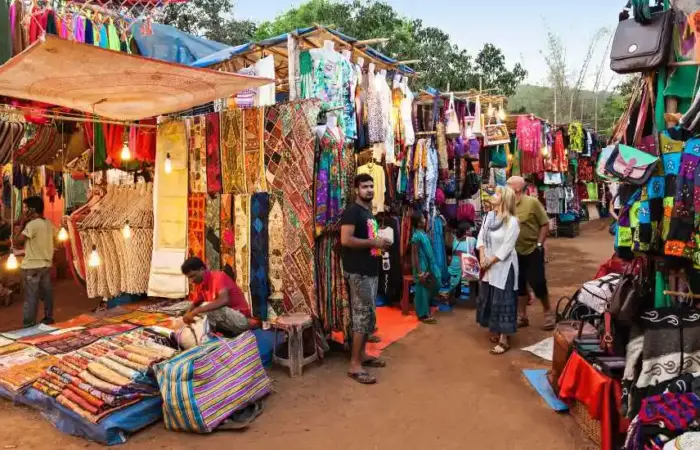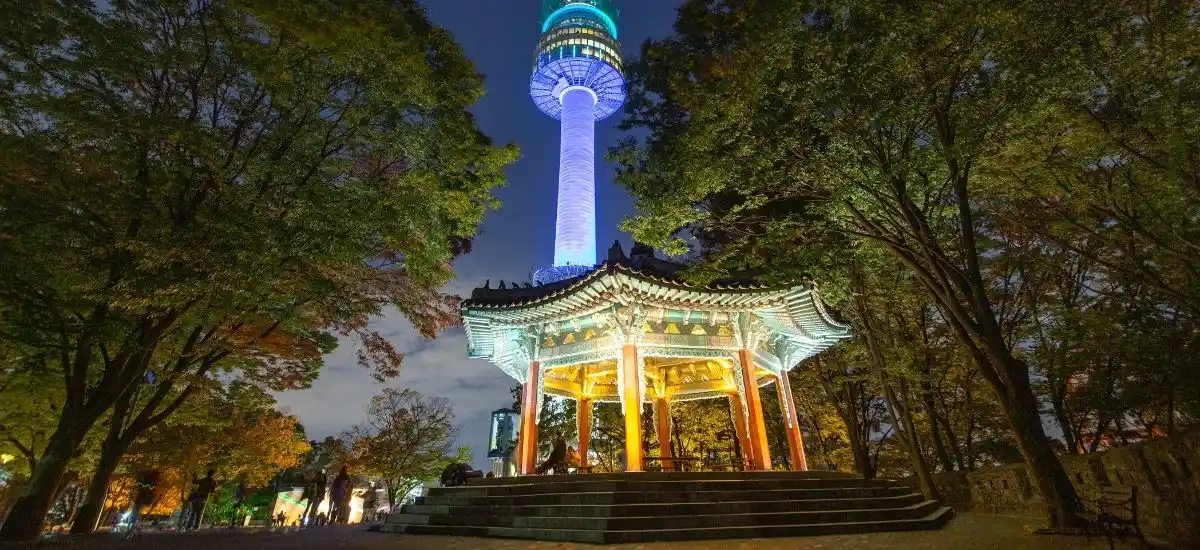
The past two decades have seen a steep rise in everything related to South Korea. From K-dramas to K-pop to Korean skincare products to Korean food, this country has been a bucket list destination for many young people. Ancient palaces stand tall beside futuristic towers, while serene Buddhist temples share space with neon-lit shopping districts, from volcanic islands and snowy mountains to coastal fishing towns and bustling cities. Tourists are drawn to experience the deep-rooted culture, its resilient history, and traditional Korea.
Here are the best cities in South Korea to visit, offering experiences that will stay with you long after you’ve left.
1. Seoul – Soul, Street, Steadfast
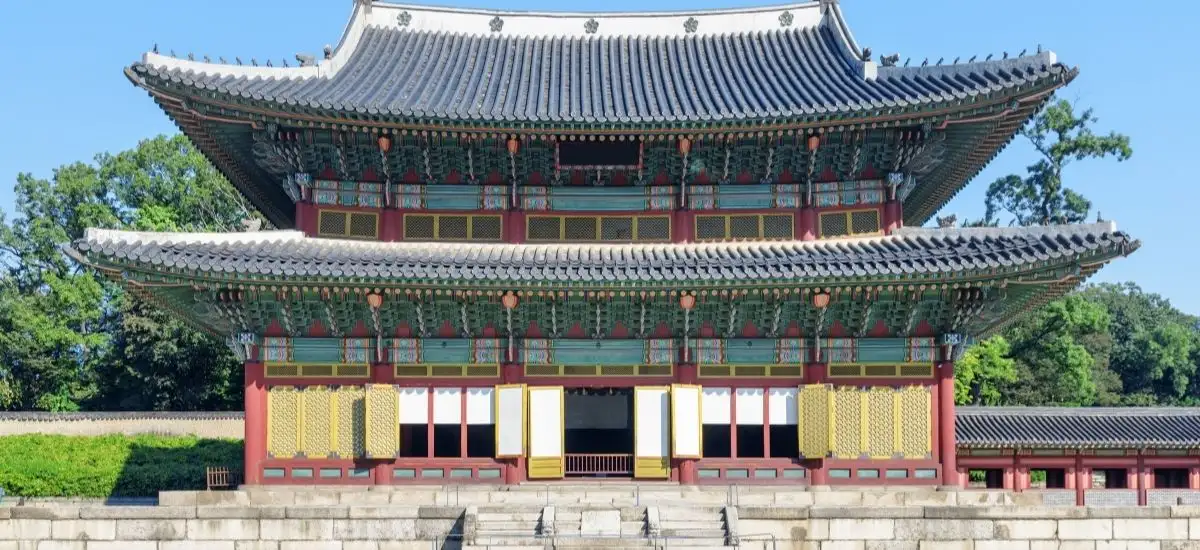
The capital city is a blend of royal history and modernity. It is a well-rounded place with a bit of everything. From shopping for the latest trends to renting traditional hanboks and strolling through ancient palaces, every place offers an immersive experience. From night food markets to the most vibrant convenience stores all over the city, you’ll find a sense of energy. With half the population of South Korea calling it home, Seoul feels like the country’s beating heart, busy, bright, and bustling.
Things to Tick Off:
Changdeokgung Palace: This is one of the most sought-after tourists spot. A 15th-century royal residence with a “Secret Garden” which was once reserved for kings and queens. You can enjoy the light and sound while wearing traditional Korean robes, called hanboks.
Bukchon Hanok Village: Walk through narrow lanes lined with traditional wooden homes from the Joseon Dynasty. It has stories of war, peace, and everything in between.
Myeongdong Street: A paradise for food lovers and shoppers, offering everything from skincare shops to sizzling street snacks. Try eating spicy tteokboki or sweet tanghulu while sitting under the city lights. You can take souvenirs back home for your friends and family, from merchandise to the latest makeup products.
N Seoul Tower: A modern landmark perched on Namsan Mountain with sweeping city views, especially magical at night. It also has the romantic tradition of attaching love locks at its base.
2. Gyeongju – Ancient, Artistic, Atmospheric
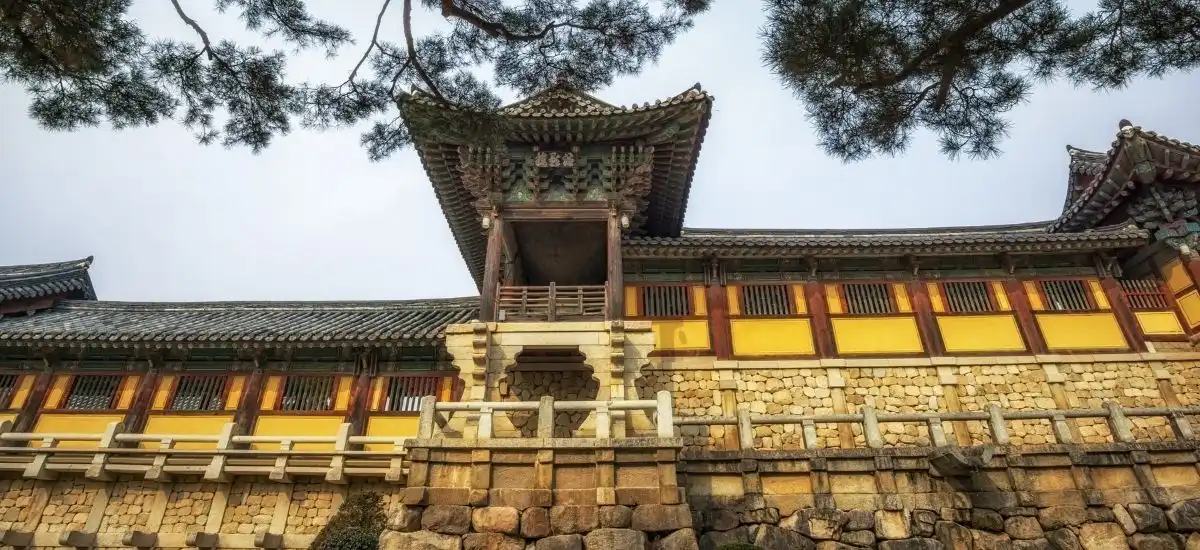
Often called an “open-air museum,” Gyeongju was the capital of the Silla kingdom for nearly a thousand years. The architecture is a prime example of vintage Korean aesthetics. The museums are filled with ancient relics, and the streets are filled with ancient stories of dynasties. The city is filled with UNESCO treasures and Buddhist art that highlight Korea’s golden age.
Things to Tick Off:
Tumuli Park: Large grassy burial mounds of Silla kings, some open to visitors with original treasures displayed inside. It is truly grounding and surreal to experience.
Cheomseongdae Observatory: Built in the 7th century, this is the oldest surviving astronomical observatory in Asia.
Seokguram Grotto: This Buddhist temple is made out of pure granite with a large cave. In the cave is a seated Buddha, considered a masterpiece of Asian art. It is a sight to behold.
Bulguksa Temple: One of the UNESCO heritage sites, this temple showcases exquisite stone bridges, stairways, and pagodas from the 8th century.
3. Busan – Coastal, Colourful, Cosmopolitan

This town is South Korea’s central port city. It combines sandy beaches, vibrant markets, and cultural landmarks. It has the freshest seafood and warmest people. It’s where locals escape for sea air and where travellers come for a mix of tradition and modern leisure.
Things to Tick Off:
Jagalchi Fish Market: The largest seafood market in Korea. If you’re craving seafood, this is where you can enjoy freshly prepared dishes right on the spot.
Haeundae Beach: This beach is famous for festivals, fireworks, and its lively summer scene. You can attend the famous Lights festival alongside the Haeundae Beach festival.
Haedong Yonggungsa Temple: A rare Buddhist temple built along the rocky seaside in the 14th century. It is a spiritual and historical escape from the regular chaos of the city.
Gamcheon Culture Village: This is located on the hillside and is a maze of colourful houses, art installations, and murals born out of a local art project. It highlights the rich art heritage of South Korea.
4. Jeju-do – Volcanic, Vibrant, Vacation-ready
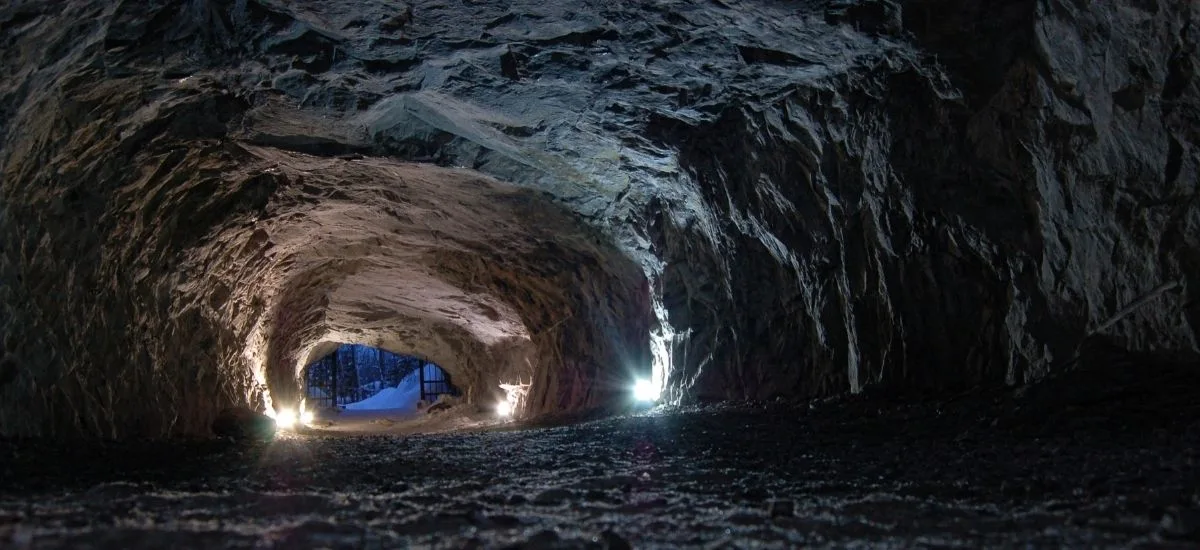
Also known as “Korea’s Hawaii,” Jeju is a volcanic island of waterfalls, craters, and lava tubes. It is loved by tourists and locals alike. It has long been a honeymoon destination. It is popular with hikers and nature enthusiasts.
Things to Tick Off:
Hallasan Mountain: A dormant volcano and South Korea’s tallest peak. The trails lead to a crater lake and have one of the best hikes in South Korea.
Seongsan Ilchulbong (Sunrise Peak): A volcanic tuff cone offering panoramic sunrise views, it is one of UNESCO’s natural wonders of the world.
Manjanggul Cave: This massive lava tube was formed thousands of years ago. It is filled with impressive stalactites and stone pillars, which make it worthwhile.
Jeju Haenyeo Divers: Witness the tradition of female free-divers, recognised by UNESCO for their cultural significance.
5. Gangwon-do – Snowy, Scenic, Spirited
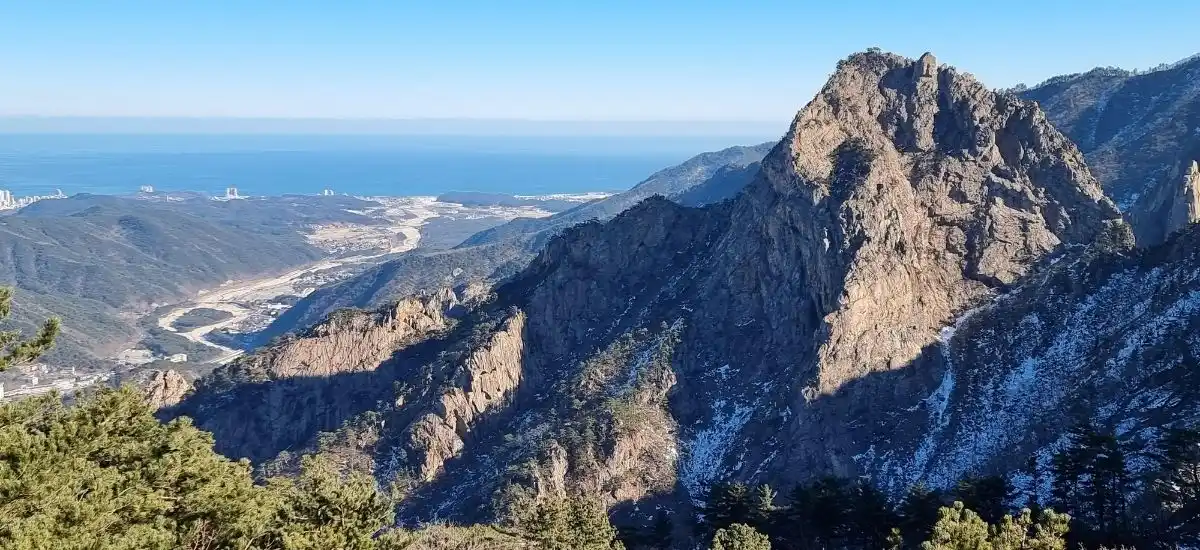
This mountainous province is located in the northeastern part of South Korea. It is known for its alpine scenery and winter sports. It was also home to the 2018 PyeongChang Winter Olympics and remains a hub for skiing and festivals, with attendees from all over the world.
Things to Tick Off:
Seoraksan National Park: Dramatic granite peaks, temples, and hiking trails, exceptionally breathtaking in autumn colours.
YongPyong Ski Resort: Korea’s oldest ski resort, with slopes for beginners and experts alike.
Hwacheon Ice Festival: A quirky winter festival where visitors try ice fishing and enjoy snow sculptures.
Ojukheon House: A preserved Confucian home where the famous scholar Yi I was born in the 16th century.
6. Andong – Cultural, Confucian, Comforting
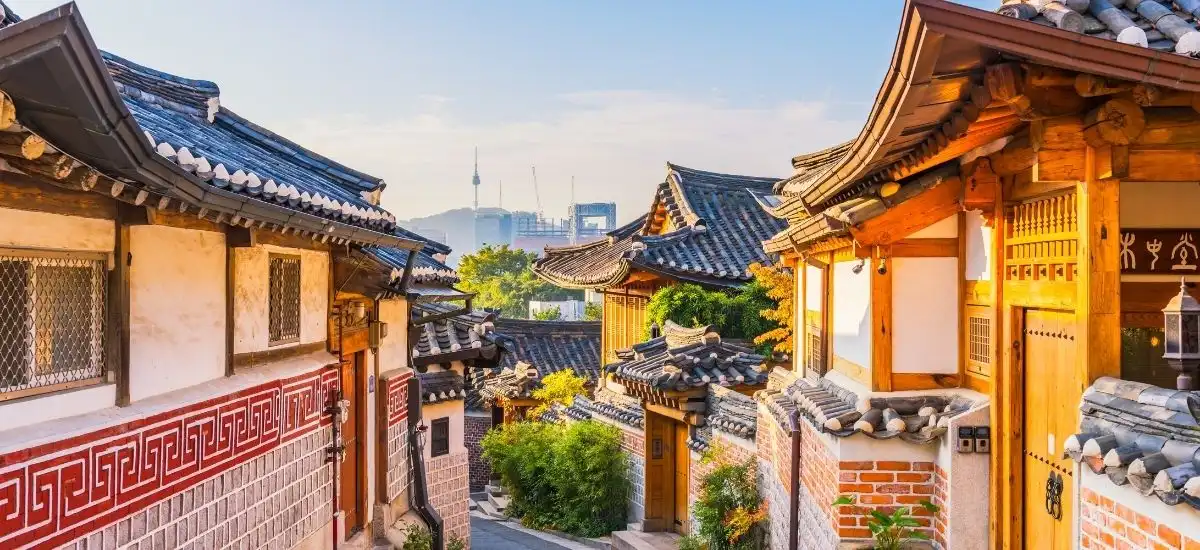
It is also called the “Capital of Korean Spirit,”. Andong is where the traditional South Korean history and culture thrive. It is filled with folk villages and Confucian academies, which give us a small glimpse into the Korean culture. For travellers who love to enjoy the history as much as the modernity of a country, this is a perfect visit.
Things to Tick Off:
Hahoe Folk Village: A UNESCO-listed village with traditional houses, preserved customs, and views of the Nakdong River.
Andong Mask Dance Festival: A celebration of traditional masked performances, music, and storytelling.
Dosanseowon Academy: A Confucian academy built in the 16th century to honour the scholar Yi Hwang.
Andong Jjimdak: Try the city’s signature dish, soy-braised chicken with noodles and vegetables.
7. Gwangju – Brave, Bold, Beloved

Known as the birthplace of Korean democracy, Gwangju is remembered for its 1980 uprising. It played a vital role in shaping South Korea’s political and social scenario. Today, it’s the centre for art, food, and cultural expression.
Things to Tick Off:
May 18 Memorial Park: This park was created as a solemn memorial dedicated to those who fought during the democratic uprising.
Gwangju Biennale: One of Asia’s most important art festivals, showcasing global contemporary art every two years.
Chungjang-ro Street: Once the heart of protests and the centre of resistance, it is now lined with shops, cafes, and nightlife.
Mudeungsan Mountain: A scenic hiking spot with granite cliffs, it has the best views of the city below.
8. Suwon – Fortress, Festivals, Fascinating
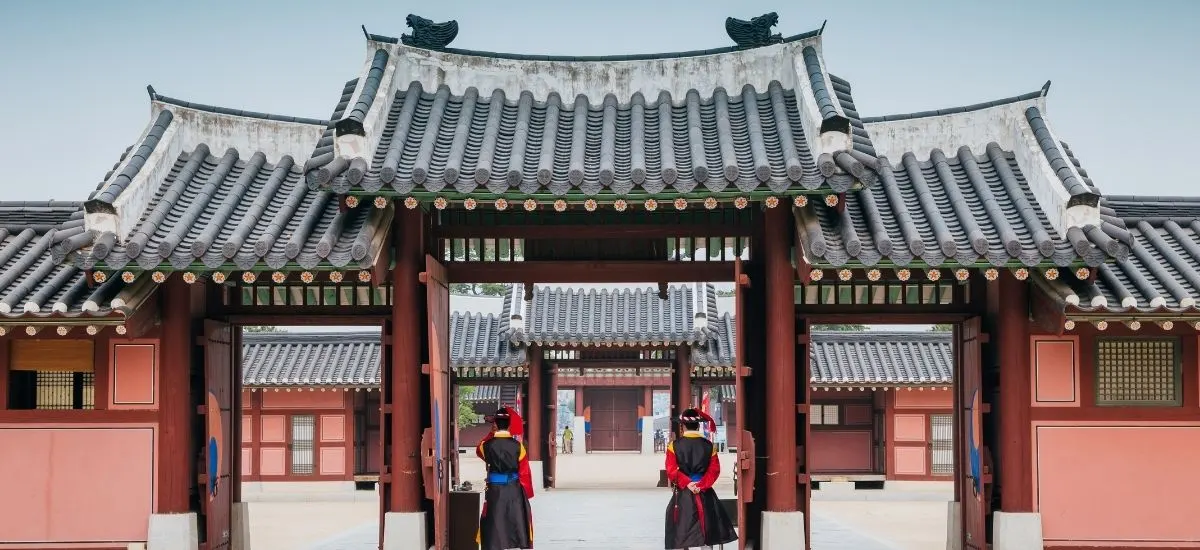
Just outside Seoul, Suwon is famous for its enormous fortress walls and vibrant culture. It preserves Korea’s military history and hosts unique cultural events. It is one of the favourite tourist destinations.
Things to Tick Off:
Hwa, ang Fortress: It was a UNESCO site built in the late 18th century with walls stretching nearly 6 kilometres.
Hwaseong Haenggung Palace: A temporary royal palace used during a military campaign
Suwon Galbi: Taste the city’s legendary beef ribs, grilled in traditional style.
Food and Flavours of South Korea
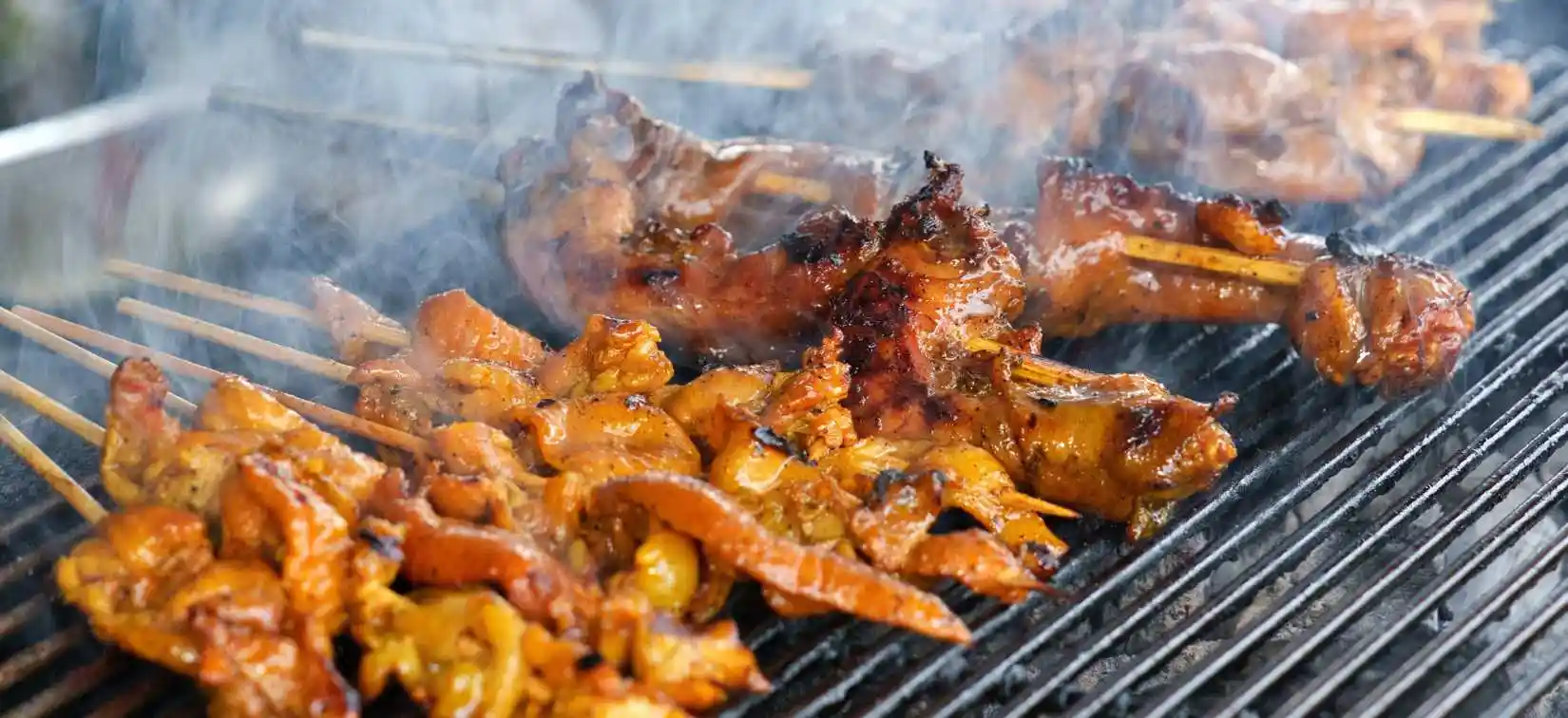
South Korea is big on food and the culture that comes with the food. The meals are shared, side dishes are endless, and love takes centre stage. The country is famous for its fermented kimchi, a dish that not only stands alone but also appears at nearly every meal. At the same time, bibimbap offers a colourful balance of rice, vegetables, and chilli paste. Korean BBQ is a significant part of dinners, where diners grill meat at their own tables and share stories and meat. You can also indulge in the delicacies of street food, which is part of the food journey. Try tteokbokki (spicy rice cakes), odeng (fish cakes on skewers), or hotteok (sweet pancakes filled with brown sugar and nuts). Seafood shines in coastal cities like Busan and Jeju, while local specialities such as Andong jjimdak and Suwon galbi showcase regional flavours.
Final Thoughts
South Korea is a country that moves between centuries with ease. It has preserved its ancient essence through palaces and temples and is also evolving for a better future. From watching the sunrise over Jeju’s volcanic peak, to exploring the huge shops at Seoul, hiking snowy mountains in Gangwon-do, or honouring history in Gwangju, each stop adds a new layer to the story of this resilient nation. South Korea doesn’t just ask to be seen, it asks to be experienced, lived, and remembered.


